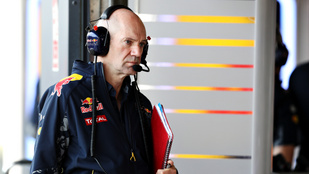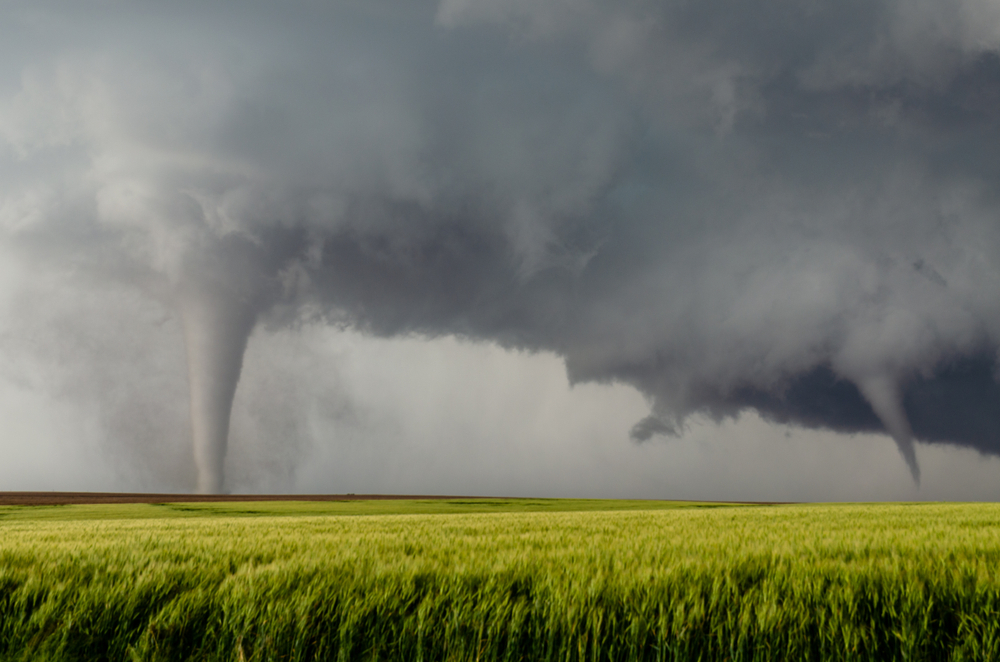The most grandiose developments are undoubtedly taking place in Dubai, the largest city in the Emirates. In April, the 72-storey Rose Tower luxury hotel took over the title of tallest hotel in the world, with its 333-metre height, from the Burj Al Arab hotel, which is also located in Dubai. The latter is also the only seven-star hotel in the world, with guests arriving either by helicopter or on Rolls Royces, and in addition to all earthly goods, they can choose for example from thirteen different kinds of pillows for their suites.
An interesting aside: concrete roads only appeared in the capital Abu Dhabi in 1961. Emblematic structures include the Palm Jumeirah, the world's largest artifi cial island, which was built from 12.3 billion dollars. The property boom started in 2004, after a government decision declared that the two main pillars of the economy, which until then relied almost exclusively on oil exports, would be tourism and the service sector. Property prices boomed as a result, and Dubai and its vicinity became one of the fastest growing economic zones in the world.
The World in Dubai
Ongoing developments are even more grandiose than the ones carried out so far. For example, a group of 300 artificial islands are being built under the project called "The World," with the islands to form the map of the world when seen from a bird's eye view. The total cost of the project is 14 billion dollars, and sixty percent of the islands have already been sold, at prices ranging from 15 to 50 million dollars. The world's tallest building, the Burj Dubai, is also being built in Dubai, and is scheduled for completion in 2009. The building will be 818 metres tall, including the antenna on its top, while construction is now at 629 metres, or 162 fl oors. However, there are also downsides to the booming development, tne of the most significant of which is runaway inflation, which has reached doubledigits in nearly all of the Gulf countries, where at the same time central banks are generally extremely conservative.
In Dubai, various property scandals have also led foreign investors to lose someof their confi dence. In April, Zack Khahin, the managing director of Deyaar Development PJSC, the largest property development company which is also listed on the stock exchange, received a prison sentence for financial crimes. Damac Properties, another large developer, informed its British investors in April that their Palm Springs development, launched in 2003, will be shut down. According to The Wall Street Journal, numerous local British families have also reported fraud committed by people claiming to be property agents.





















